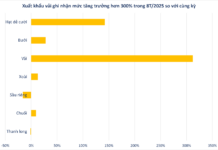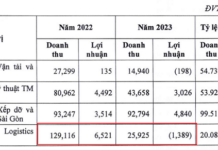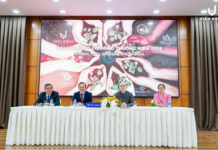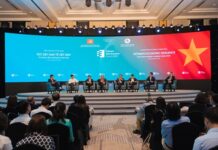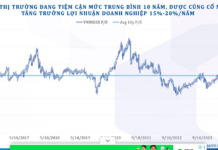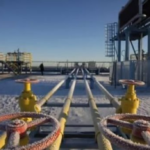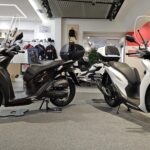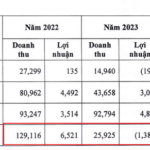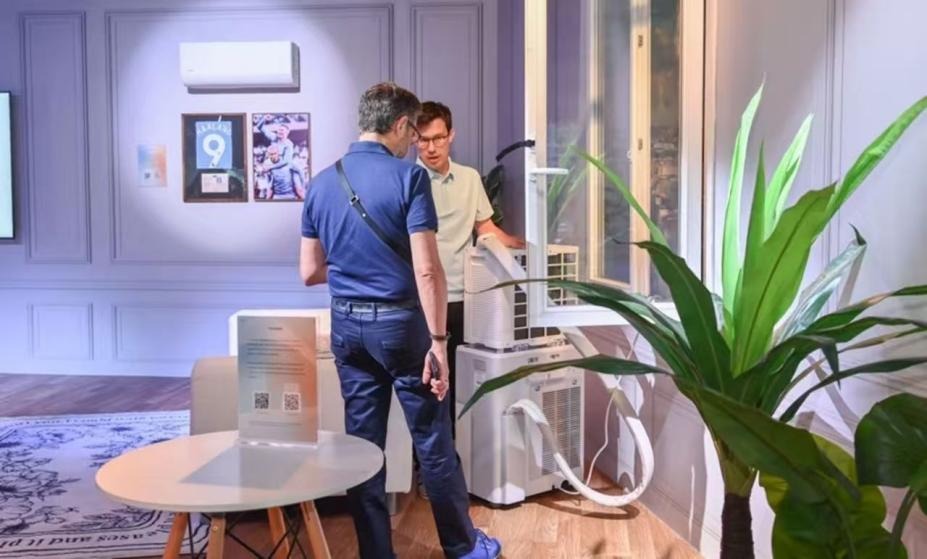
As scorching heatwaves sweep across Europe this summer, there’s a rising demand for Chinese-made air conditioners (AC), signaling a shift in a region long accustomed to enduring summers without cooling systems.
Customs data shows that China’s exports of air conditioners to EU countries reached $3.76 billion in the first half of 2025, a 43.2% increase compared to the same period last year, setting a new record during this period. This growth follows the strong export performance established in 2024.
Air conditioning is not as prevalent in Europe as in other parts of the world due to high installation and operating costs, as well as environmental considerations. Drilling holes in walls is often prohibited in historical buildings, and landlords typically don’t approve of outdoor AC units. Installation must be done by certified professionals, usually costing a few hundred euros, and regular maintenance is required.
To address this challenge, Chinese AC brand Midea has introduced a split-type mobile air conditioner to the European market. Mobile, quiet, and comfortable, the product meets the needs of local consumers and is gaining popularity in Germany, France, Italy, the Netherlands, and other countries.
“This model has both an indoor and outdoor unit, but unlike traditional split ACs, it’s easy to install and can be moved around,” said Zhu Zhou, sales director of Midea Residential Air Conditioners in Europe.
In Northern Europe, the cost of purchasing and installing an AC unit can reach up to approximately €3,000. In Western and Southern Europe, it’s slightly more affordable. The mobile split air conditioner is priced at €1,199. Mr. Zhu mentioned that users can save significantly by installing it themselves.
The surge in demand has boosted production. At Midea’s smart factory in Guangdong, southern China, the assembly of mobile air conditioners is in full swing.
“So far, we have produced over 80,000 units, and another 20,000 are expected to be manufactured,” said Sun Qi, head of the factory’s production planning department.
Midea has set up dedicated production lines to ensure quality and output. The air conditioners are transported to Europe by sea and the China-Europe freight train. The sea route starts from the port of Guangzhou, passes through the Malacca Strait, rounds the southern tip of Africa, and arrives at the port of Rotterdam in the Netherlands.
The freight train route departs from Guangzhou, leaves China through the Horgos port, and travels through Kazakhstan, Russia, Belarus, Poland, and other countries before reaching Germany. In the first half of this year, Midea’s air conditioner sales in Europe increased by 35%.
Several Chinese brands are gaining popularity. The mobile air conditioners of TCL DeLonghi, a joint venture between TCL and DeLonghi appliance groups, are also selling well in Europe.
“Our sales in the European market have increased by 25% this year,” said Du Quanbin, director of market management at the Overseas Marketing Center of TCL DeLonghi Appliance Co., Ltd. (Zhongshan), located in Nantou Town, Guangdong Province.
The company’s production lines are running at full capacity. According to Mr. Du, orders for the European market have been shipped, and the products currently in production will be sent to countries like Australia, New Zealand, South Africa, and Argentina to stock up for the summer in the Southern Hemisphere.
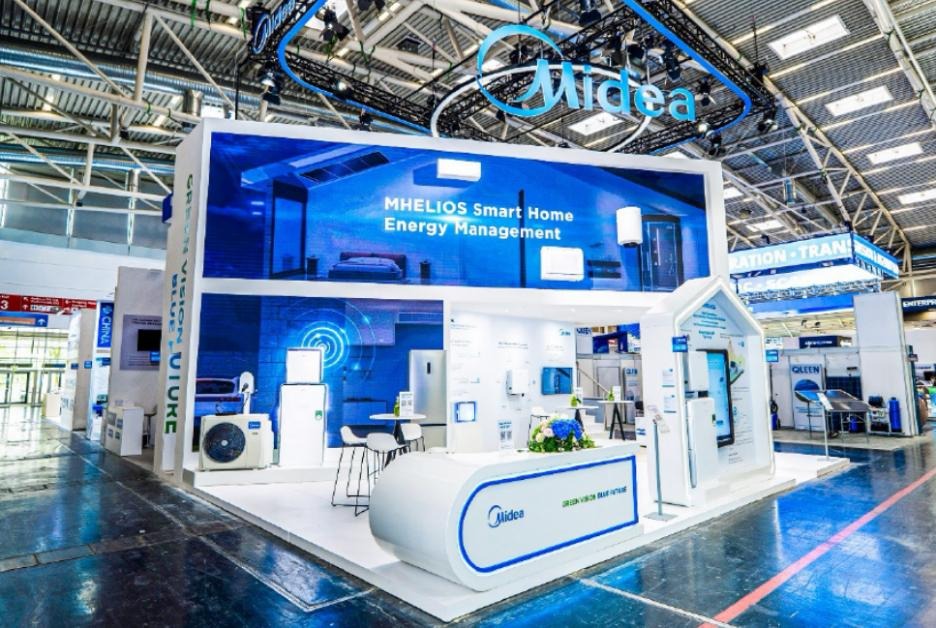
Apart from air conditioners, other Chinese-made cooling products are gaining popularity in German households. German consumers find these products to offer a great combination of affordability and advanced features.
Stephen, a plumber in Berlin who often works in environments without cooling systems, recently purchased a Chinese-made cooling vest from a department store. The vest features breathable fabric, heat resistance, UV protection, and specialized cooling technology that keeps body temperature up to 15°C lower than the surrounding environment—a practical solution for harsh hot weather.
Weikenxiong, a Shenzhen-based home appliance supplier, has seen a surge in orders for compact electric fans from Europe in March, currently selling about 200,000 units per month at a price of over €100 each.
“This product used to be very popular throughout Southeast Asia,” said Yu Yuewu, director of Yuecheng Plastic Products Factory in Longdu Town, Cheng Hai District, Shan Tou, Guangdong, holding a fan. Mr. Yu explained that the fan is equipped with an energy-saving motor for a powerful airflow, a semiconductor cooling system, and a built-in backup battery, providing a steady stream of cool air.
“To maintain long-term market growth, the industry chain must overcome technological limitations by adhering to high standards,” added Mr. Yu, expressing optimism about future prospects.

